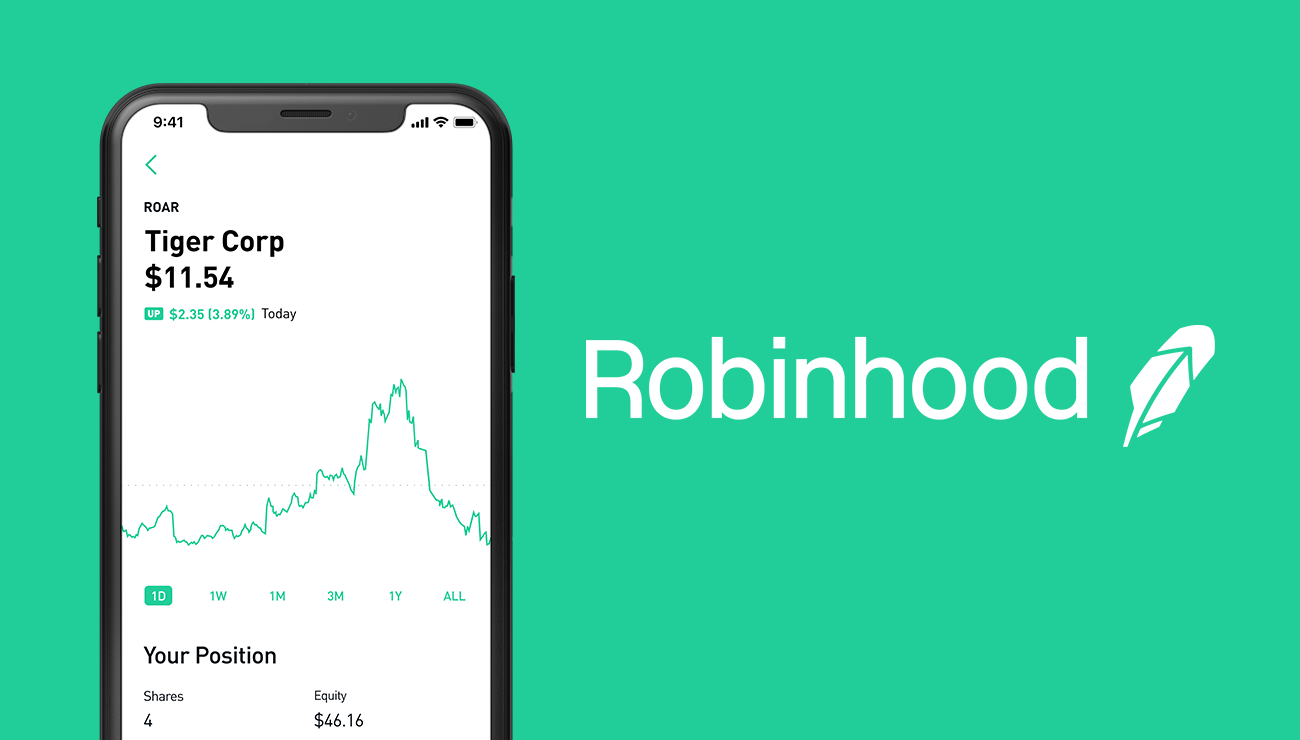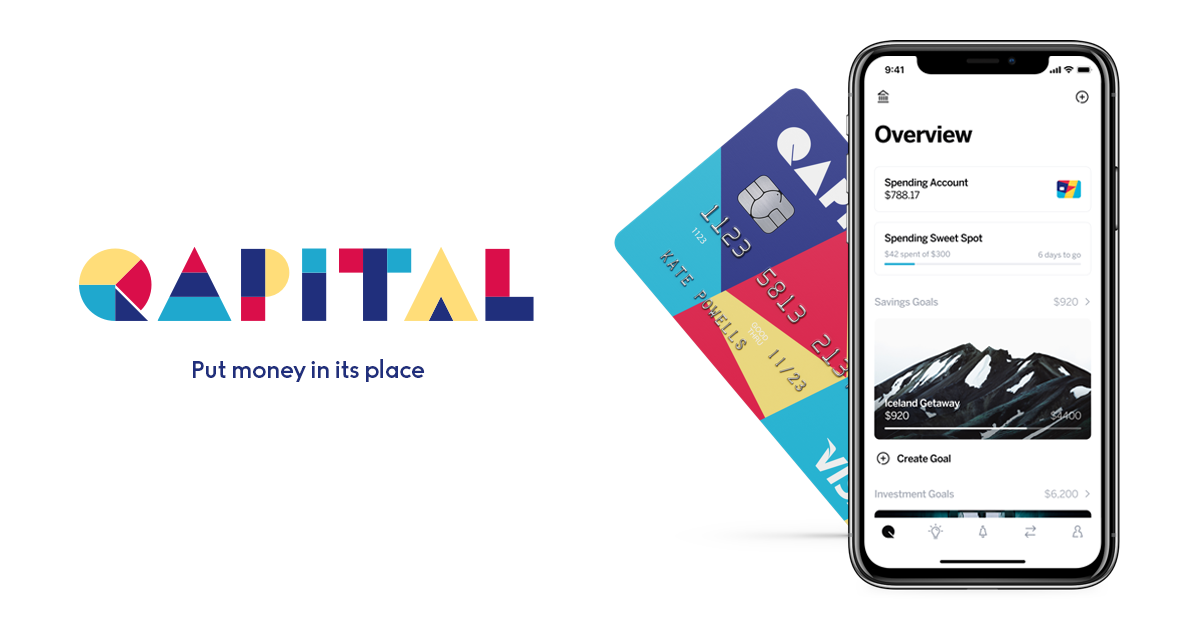In recent years, the financial landscape has witnessed a significant transformation with the advent of peer-to-peer lending. This revolutionary concept has empowered individuals and small businesses to access loans and investments directly from other individuals, without the involvement of traditional financial institutions. In this comprehensive review, we will delve into the world of peer-to-peer lending, exploring its benefits, risks, and its impact on the financial industry.
Understanding Peer-to-Peer Lending
Peer-to-peer lending, often abbreviated as P2P lending, is an alternative form of lending that connects borrowers and lenders through online platforms. These platforms act as intermediaries, facilitating loan transactions between individuals. P2P lending cuts out the middleman, allowing borrowers to secure loans at competitive interest rates, while investors can earn attractive returns on their investments.
The Benefits of Peer-to-Peer Lending
1. Accessibility and Convenience
Peer-to-peer lending offers a convenient and accessible way for individuals and small businesses to obtain funding. Unlike traditional banks, which often have strict eligibility criteria, P2P lending platforms provide opportunities for borrowers with diverse credit profiles. This inclusivity enables a broader range of individuals to fulfill their financial needs.
2. Competitive Interest Rates
By eliminating the overhead costs associated with traditional financial institutions, peer-to-peer lending platforms can offer borrowers more favorable interest rates. This affordability makes P2P loans an attractive option for individuals who may find it challenging to secure loans through conventional channels.
3. Diversification of Investments
For investors, peer-to-peer lending presents an opportunity to diversify their investment portfolios. Instead of relying solely on stocks, bonds, or real estate, individuals can allocate a portion of their funds to P2P lending, potentially earning higher returns. This diversification strategy helps mitigate risks and enhance overall investment performance.
4. Empowering Individuals
One of the key advantages of peer-to-peer lending is its ability to empower individuals. By enabling direct transactions between borrowers and lenders, P2P lending platforms foster a sense of community and financial independence. Individuals can take control of their financial future by either securing loans or investing in promising ventures.
The Risks and Challenges of Peer-to-Peer Lending
While peer-to-peer lending offers numerous benefits, it is essential to be aware of the associated risks and challenges.
1. Default Risk
As with any form of lending, there is always a risk of default. P2P lending platforms employ various risk assessment techniques to evaluate borrowers’ creditworthiness. However, there is still a possibility that borrowers may default on their loan repayments, leading to financial losses for the lenders.
2. Lack of Regulation
Unlike traditional financial institutions, peer-to-peer lending platforms operate in a relatively unregulated environment. While this allows for innovation and flexibility, it also exposes participants to potential fraud and misconduct. It is crucial for investors and borrowers to conduct thorough due diligence before engaging with any P2P lending platform.
3. Market Volatility
The performance of P2P lending investments can be influenced by economic conditions and market fluctuations. During periods of economic downturns, the default rates may increase, impacting the returns earned by investors. It is important to assess the overall economic climate and diversify investments to mitigate such risks.
Conclusion
Peer-to-peer lending has emerged as a disruptive force in the financial industry, providing an alternative source of funding for individuals and businesses. With its accessibility, competitive interest rates, and potential for diversification, P2P lending has captured the attention of both borrowers and investors. However, it is crucial to remain vigilant about the risks associated with this form of lending, such as default risk and the lack of regulation. By understanding these factors and making informed decisions, participants can leverage the benefits of peer-to-peer lending while mitigating potential drawbacks.
Download our app MadbuMax on the Apple App Store for the latest news and financial tools. Interested in getting your finances in order do not forget to check Dr. Paul Etienne’s best-seller book on personal finance. To access more resources, tools and services please click here. Also do not forget to follow Dr. Etienne on IG or Twitter.





